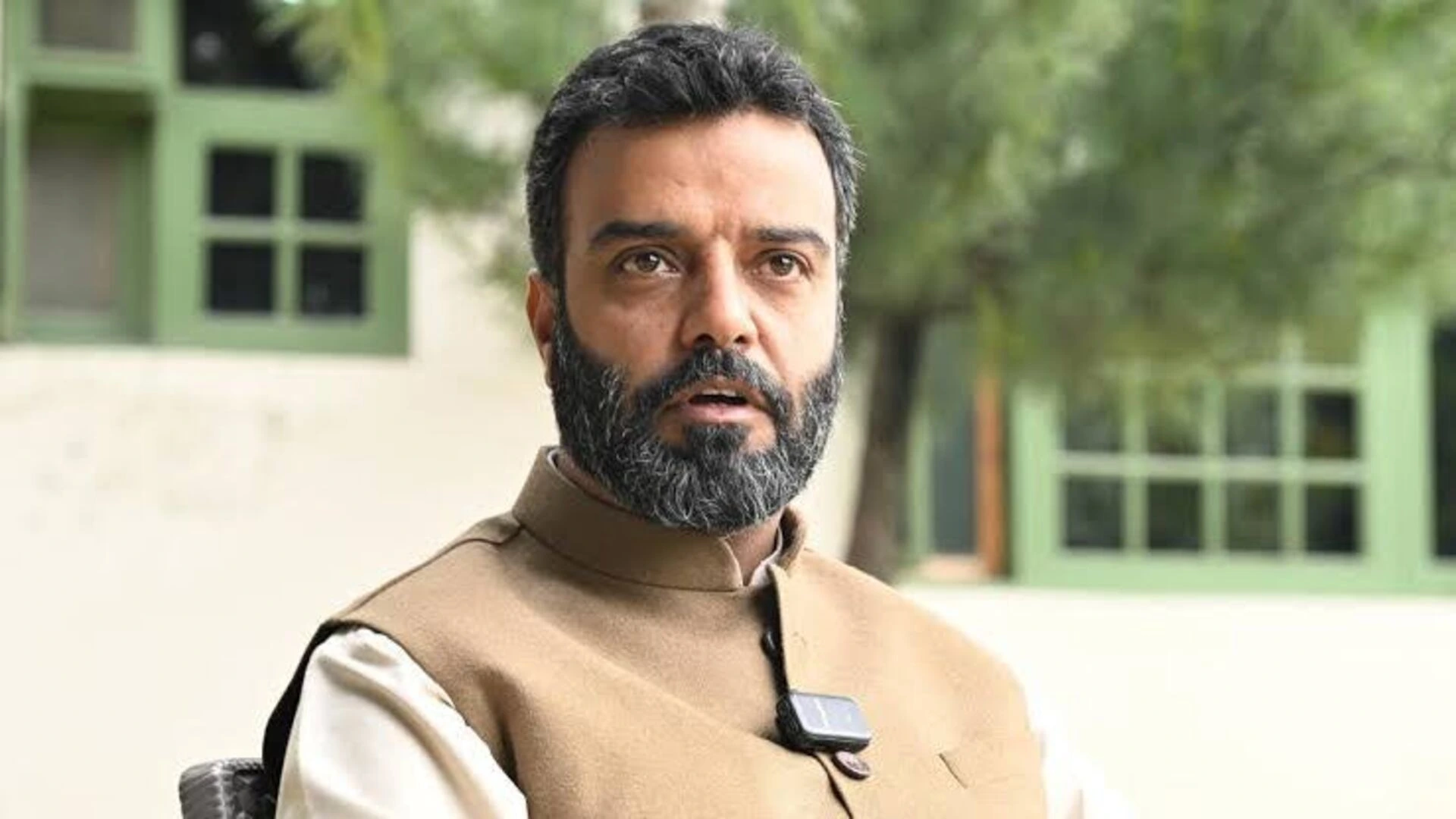Driving sustainability is a reality across industries and lifestyle, including the global fashion circuit, with not just talks but major stakeholders working towards reducing their carbon footprint. India has in fact appeared to be at the forefront of tackling the sustainability contradictions of the fashion industry, whether it’s through recalibrating processes in the supply chain, encouraging recycled fibre adoption or working towards stronger guardrails in manufacturing to drive conscious usage of materials/fabrics. Especially given that more than 67% of GHG emissions are from just material make and processing (as published in 2019 by Mckinsey & Co and GFA “Fashion on Climate”). This dialogue becomes especially important for India, given the country is on an upward trajectory of consumption with ~1.6Bn consumers holding discretionary spending power.
As fashion changes every season, apparel businesses need to create products that are in sync with the consumers’ wants. However, recklessly creating new lines every two months will just lead to wastage of resources, excess material wastage from fibre to packaging, increased returns and so on. One of the key factors to curtail this increased carbon footprint is via well researched, conscious creation of product that will surely have consumer affinity. Adopting a fashion forecast in combination with demand forecasting tools to understand future, changing consumer preferences and ongoing trends respectively, allows brands to make more informed decisions while range planning. By predicting upcoming trends, forecasting allows designers and manufacturers to better plan their production processes, significantly reducing waste and overproduction. This strategic approach minimizes the need for excessive inventory, which often ends up in landfills, contributing to environmental pollution.
The modern consumer now understands that the production process too needs to be sustainable, which has become a key factor that can further propel India’s growth in the textile sector on the world map. While organic cotton has always been popular, recycled fibres are being preferred now along with biodegradable materials and waterless dyeing techniques. Forecasting promotes the use of sustainable materials and practices by identifying consumer preferences for eco-friendly products ahead of time. By aligning the industry’s output with demand for sustainable fashion, forecasting encourages a shift towards more responsible sourcing, production, and consumption.
The larger challenge faced by the fashion industry is the fact that most products require a lead time in creation, hence predicting a consumer trend ahead of the season is always a tall ask. Predicting a trend needs in-depth research of multiple touch points that influence a consumer subliminally and obviously. Most MSMEs have small teams, thus they are not geared to spend time or resources in doing so. They rely on instincts and past year trends, which is a limiting solution, as often what ends up being unsold inventory is merchandise created basis past, dated trends. Aligning with a fashion forecast delivers a cost-effective solution, that has an often unseen but direct impact to the bottom line.
The author is the Co-founder & Chief Creator at ICH Next.







